Home>Articles>What Should Happen To Food Right After It Is Thawed In A Microwave Oven?
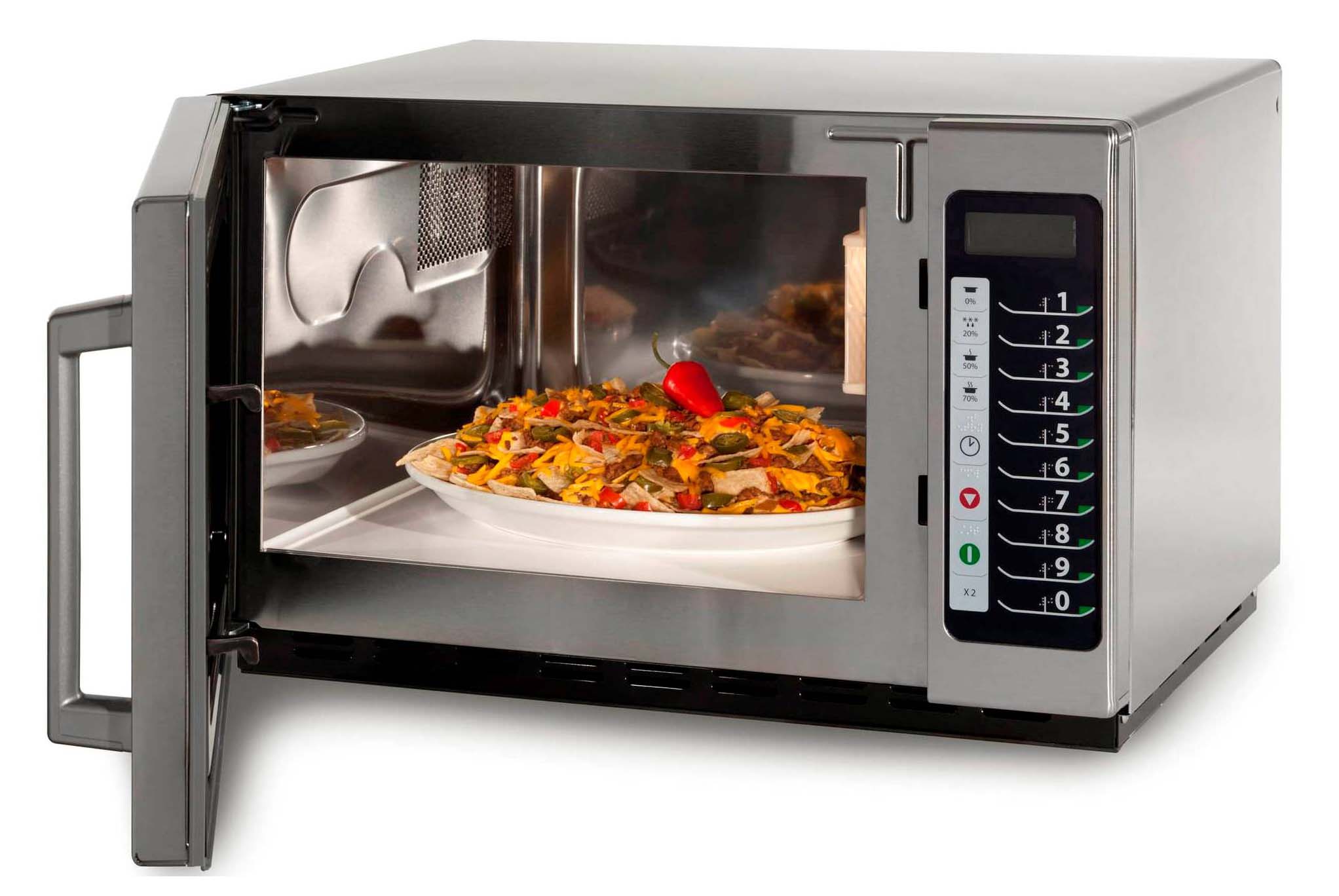

Articles
What Should Happen To Food Right After It Is Thawed In A Microwave Oven?
Modified: August 20, 2024
Discover the proper steps to take after thawing food in a microwave oven. Find expert articles on food safety and handling for your peace of mind.
(Many of the links in this article redirect to a specific reviewed product. Your purchase of these products through affiliate links helps to generate commission for Storables.com, at no extra cost. Learn more)
Introduction
Welcome to the wonderful world of microwave ovens! These compact and efficient kitchen appliances have revolutionized the way we cook and heat food. One of the many benefits of using a microwave oven is the convenience it offers when it comes to thawing frozen food.
Thawing, or defrosting, is the process of bringing frozen food to a safe temperature for cooking or consuming. In the past, thawing food could take hours or even days in the refrigerator. However, with the advent of microwave ovens, you can now thaw food in a matter of minutes.
In this article, we will explore the thawing process in a microwave oven and discuss the best practices for handling and storing thawed food. We will also highlight the importance of cooking thawed food immediately and provide tips for safe serving and consumption. So let’s dive in and discover what should happen to food right after it is thawed in a microwave oven!
Key Takeaways:
- Thawing food in a microwave oven requires proper handling, immediate cooking, and safe serving to ensure safety and quality. Prioritize food safety at every step for a delicious and satisfying dining experience.
- Leftover thawed food should be handled and stored with care, reheated thoroughly, and consumed within recommended time frames to minimize food waste and enjoy safe, delicious meals. Prioritize proper handling and storage for a variety of future meal options.
Read more: What Is A Microwave Oven
The Thawing Process in a Microwave Oven
Thawing food in a microwave oven is a quick and convenient method. The microwave’s high-frequency electromagnetic waves generate heat, which helps to thaw the food rapidly. However, it is crucial to follow proper thawing techniques to ensure food safety and maintain its quality.
When thawing food in a microwave, it is essential to remove any packaging or wrapping materials that are not microwave-safe. Transfer the food to a microwave-safe dish or place it in a microwave-safe bag, ensuring that the food is evenly spread out for uniform thawing.
Set the microwave to the defrost function or use a lower power setting, typically around 30% to 50% power. This allows the food to thaw evenly without starting to cook. The time required for thawing varies depending on the size and type of food. It is recommended to consult the microwave’s instruction manual or refer to a thawing guide for more accurate timing.
During the thawing process, it is important to periodically check the food for any signs of cooking. If portions of the food start to cook, you should stop the process, allow it to cool, and then resume thawing at a lower power setting to prevent overcooking. It is advisable to rotate or stir the food occasionally to ensure even thawing.
Proper Handling and Storage of Thawed Food
Once your food has been thawed in the microwave oven, it is important to handle and store it properly to maintain its quality and prevent the growth of harmful bacteria.
Firstly, it is crucial to handle thawed food with clean hands and utensils to avoid cross-contamination. Wash your hands thoroughly before and after handling the food. Use separate cutting boards and utensils for raw and thawed food to prevent the transfer of bacteria.
After thawing, it is recommended to cook the food immediately. However, if you are not planning to cook it right away, you should refrigerate or freeze it promptly to keep it safe.
If you choose to refrigerate the thawed food, ensure that it is stored in airtight containers or wrapped tightly in moisture-proof wraps. This prevents the food from drying out and helps to maintain its flavor and texture. Consume refrigerated thawed food within two to three days to ensure its freshness.
If you decide to freeze the thawed food, make sure it is properly packaged in freezer-safe containers or resealable freezer bags. Label the packages with the food name and date of freezing for easy identification. Frozen thawed food can be stored for several months, but it is best to consume it within three to four months for optimal taste and quality.
Remember, when refreezing thawed food, it is important to ensure it has been cooked thoroughly before doing so. Once food has been thawed and cooked, it should not be refrozen as it may lead to the growth of harmful bacteria.
Cooking Thawed Food Immediately
After thawing food in a microwave oven, it is highly recommended to cook it immediately. Cooking the thawed food promptly not only ensures its safety but also helps to preserve its taste, texture, and nutritional value.
When cooking thawed food, it is important to adhere to proper cooking temperatures and times for different types of food. Use a food thermometer to ensure that the food reaches the appropriate internal temperature to kill any bacteria or pathogens that may have developed during the thawing process.
It is important to note that certain types of food, such as meat and poultry, require proper cooking to eliminate any potential foodborne illnesses. Follow recommended cooking guidelines for these foods, ensuring that they are cooked all the way through and reach the appropriate internal temperature.
While it may be tempting to partially cook thawed food and finish the cooking process later, this practice should be avoided. Partially cooking and then reheating thawed food can lead to uneven heating and create an environment conducive to bacterial growth. It is best to cook the thawed food in one go, ensuring that it is thoroughly cooked before serving.
Cooking thawed food immediately not only ensures its safety but also allows you to enjoy the best possible flavor and texture. By cooking it promptly, you preserve the natural moisture and tenderness of the food, resulting in a more satisfying dining experience.
So, the next time you thaw food in a microwave oven, make sure to plan your cooking schedule accordingly and prepare to cook it immediately for optimal results.
After thawing food in a microwave, it should be cooked immediately to prevent bacteria growth. Do not refreeze thawed food.
Safe Serving and Consumption of Thawed Food
Once you have thawed and cooked your food, it is essential to follow safe serving and consumption practices to ensure that you and your loved ones enjoy a healthy and delicious meal.
When serving thawed food, it is important to use clean plates, utensils, and serving dishes to prevent cross-contamination. Avoid placing cooked food on surfaces that previously held raw or thawed food. This practice helps to minimize the risk of bacterial contamination and foodborne illnesses.
When serving thawed food, serve it immediately after cooking to maintain its temperature and freshness. Keep the food covered until it is ready to be served to prevent exposure to air and potential contaminants.
When consuming thawed food, pay attention to its aroma, appearance, and taste. If you notice any off-smells, unusual colors, or strange textures, it is best to discard the food. Trust your instincts and prioritize food safety above all else.
Leftovers from thawed food should be handled with care. Allow the food to cool before storing it in airtight containers and placing it in the refrigerator. Consume leftover thawed food within two to three days to maintain its quality and safety. Avoid reheating leftovers repeatedly, as this can lead to a decrease in quality and increase the risk of foodborne illnesses.
Remember, when reheating leftover thawed food, ensure that it is heated to the appropriate temperature, at or above 165°F (74°C), to kill any bacteria that may have developed during storage.
By following safe serving and consumption practices, you can enjoy the full flavors and benefits of thawed food while minimizing the risk of foodborne illnesses. Prioritize food safety at every step, from thawing to serving to storage, to ensure a pleasant and healthy dining experience.
Best Practices for Leftover Thawed Food
Leftovers from thawed food are a convenient and tasty option for future meals. However, it is important to handle and store leftovers properly to maintain their safety and quality. Here are some best practices for handling leftover thawed food:
- Cool and store promptly: Allow the leftover thawed food to cool to room temperature before storing it in airtight containers or resealable bags. Refrigerate or freeze the leftovers within two hours to prevent the growth of bacteria.
- Divide into smaller portions: If you have a large amount of leftover thawed food, consider dividing it into smaller portions before refrigerating or freezing. This allows for faster and more even cooling, as well as easier reheating when needed.
- Label and date: Properly label each container or bag with the name of the food and the date it was stored. This helps you keep track of the leftovers and ensures that they are consumed within the recommended time frame.
- Reheat thoroughly: When reheating leftover thawed food, ensure that it is heated to at least 165°F (74°C) to kill any bacteria that may have grown during storage. Use a food thermometer to check the internal temperature of the food.
- Avoid multiple reheating: Reheat leftovers only once to maintain their quality. Repeated reheating can lead to a loss of texture and flavor, as well as increase the risk of foodborne illnesses.
- Use within recommended time frame: Consume leftover thawed food within three to four days if refrigerated, or within three to four months if frozen. Discard any leftovers that exceed these time frames.
- Inspect before consuming: Before consuming leftover thawed food, check for any signs of spoilage, such as a foul odor, unusual texture, or mold growth. When in doubt, it is best to discard the food to avoid any potential health risks.
Following these best practices for handling and storing leftover thawed food ensures that you can enjoy delicious and safe meals. By taking proper care of your leftovers, you can minimize food waste, save money, and have a variety of options available for future meals.
Conclusion
Thawing food in a microwave oven offers a convenient and efficient method for bringing frozen food to a safe temperature. By following the proper thawing techniques, handling, and storage practices, you can ensure the safety and quality of the thawed food.
Remember to handle thawed food with clean hands and utensils to prevent cross-contamination. Cook the food immediately after thawing to maintain its taste and texture, ensuring that you follow recommended cooking temperatures and times.
When serving and consuming thawed food, prioritize food safety by using clean serving dishes and paying attention to the food’s appearance, aroma, and taste. Properly store leftovers in airtight containers or resealable bags, labeling and dating them for easy identification and consumption within the recommended time frame.
By following these best practices for handling thawed food, you can enjoy the benefits of quick and convenient thawing in a microwave oven while ensuring the safety and enjoyment of every meal.
So the next time you thaw food in a microwave oven, remember to prioritize proper handling, immediate cooking, safe serving, and responsible storage to make the most out of your thawed food and create delicious and satisfying dishes!
Frequently Asked Questions about What Should Happen To Food Right After It Is Thawed In A Microwave Oven?
Was this page helpful?
At Storables.com, we guarantee accurate and reliable information. Our content, validated by Expert Board Contributors, is crafted following stringent Editorial Policies. We're committed to providing you with well-researched, expert-backed insights for all your informational needs.
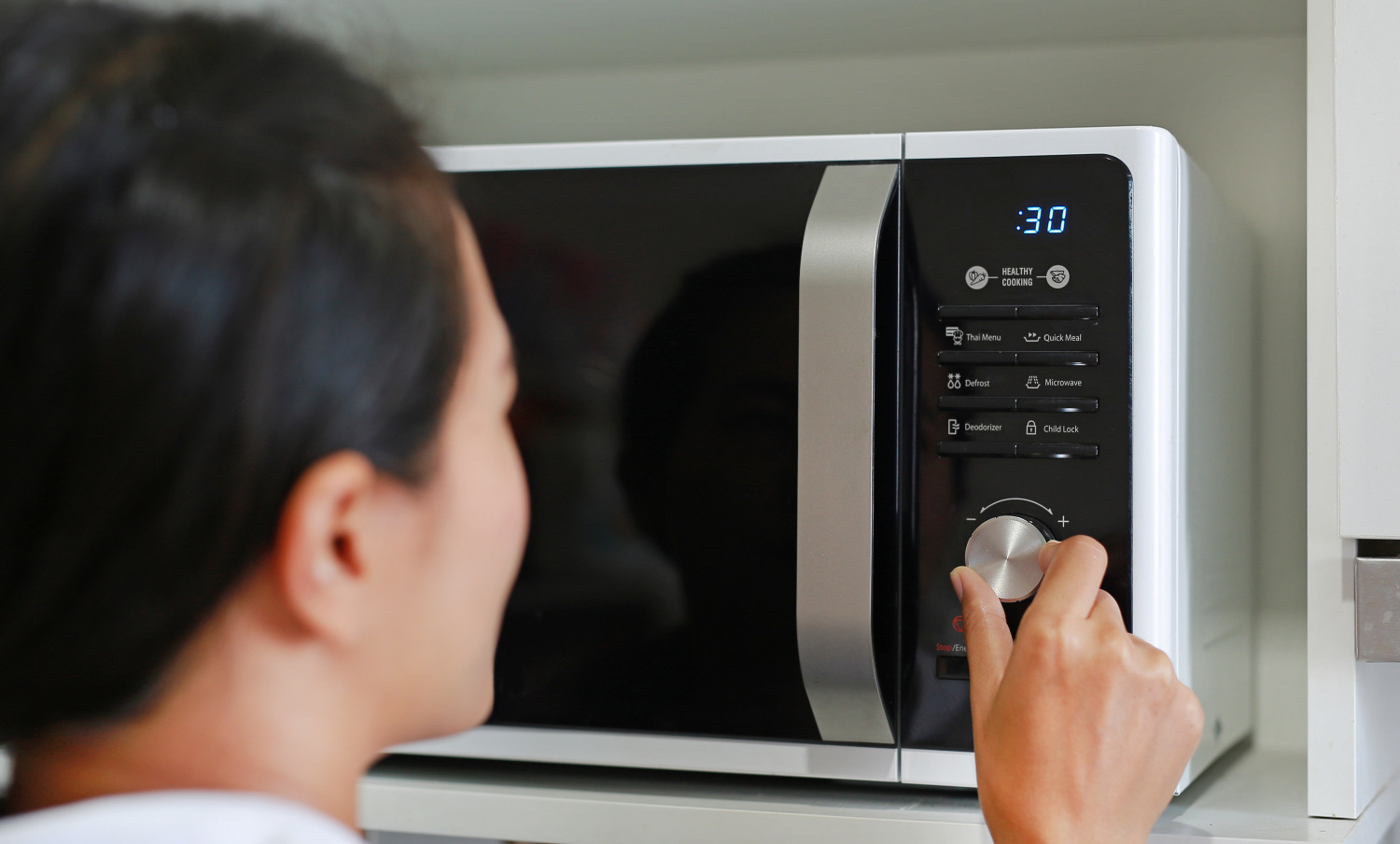
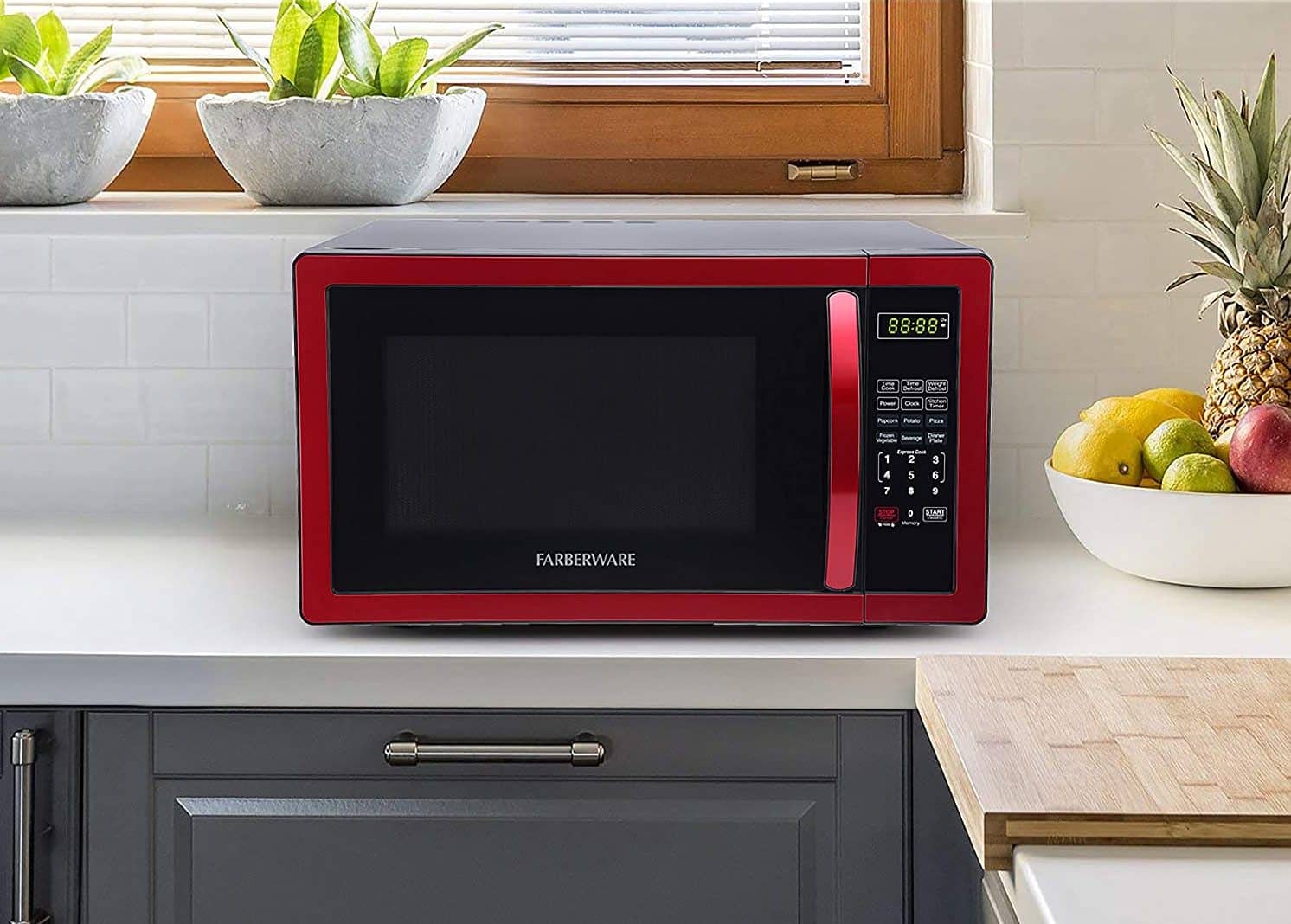
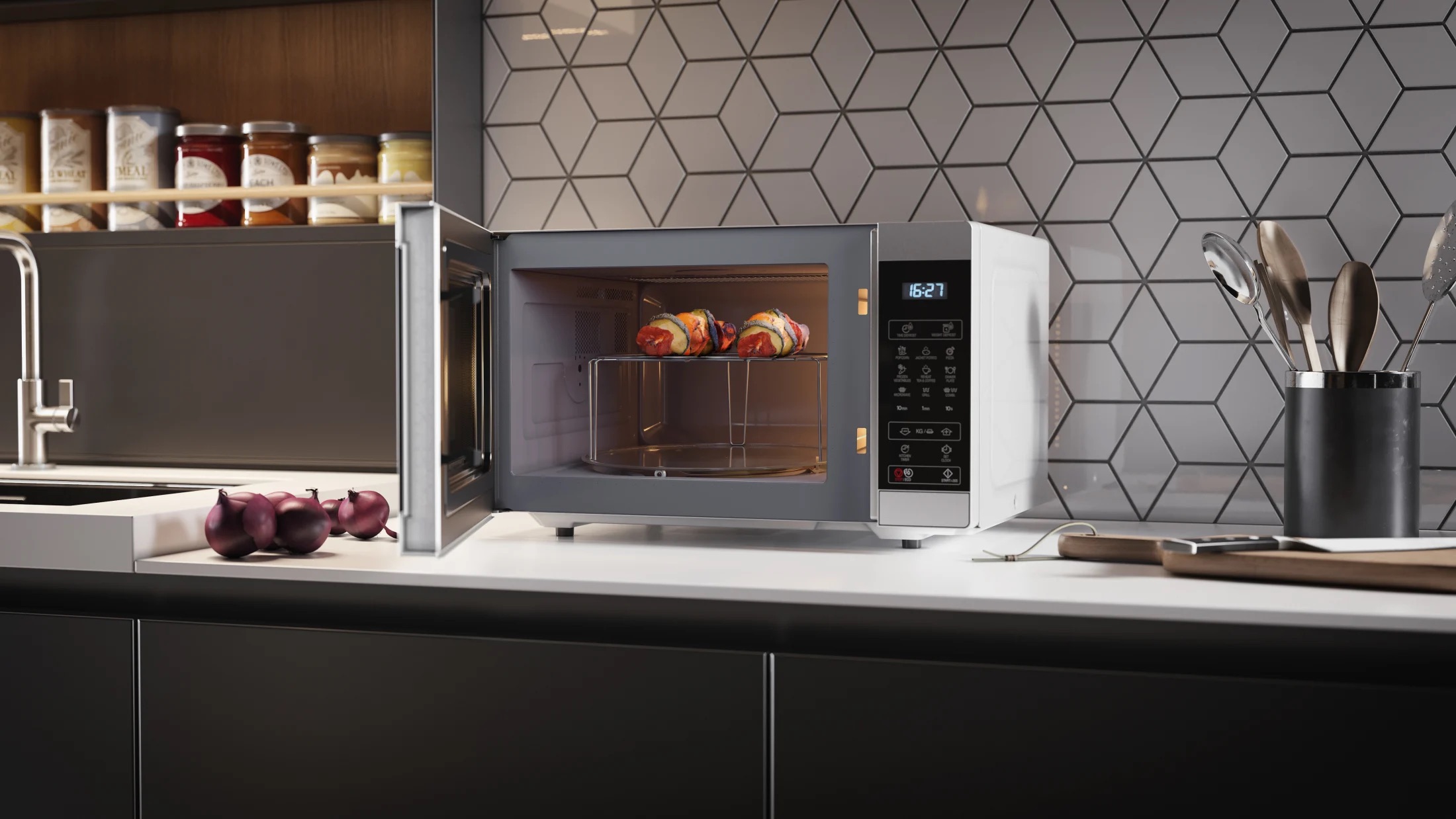
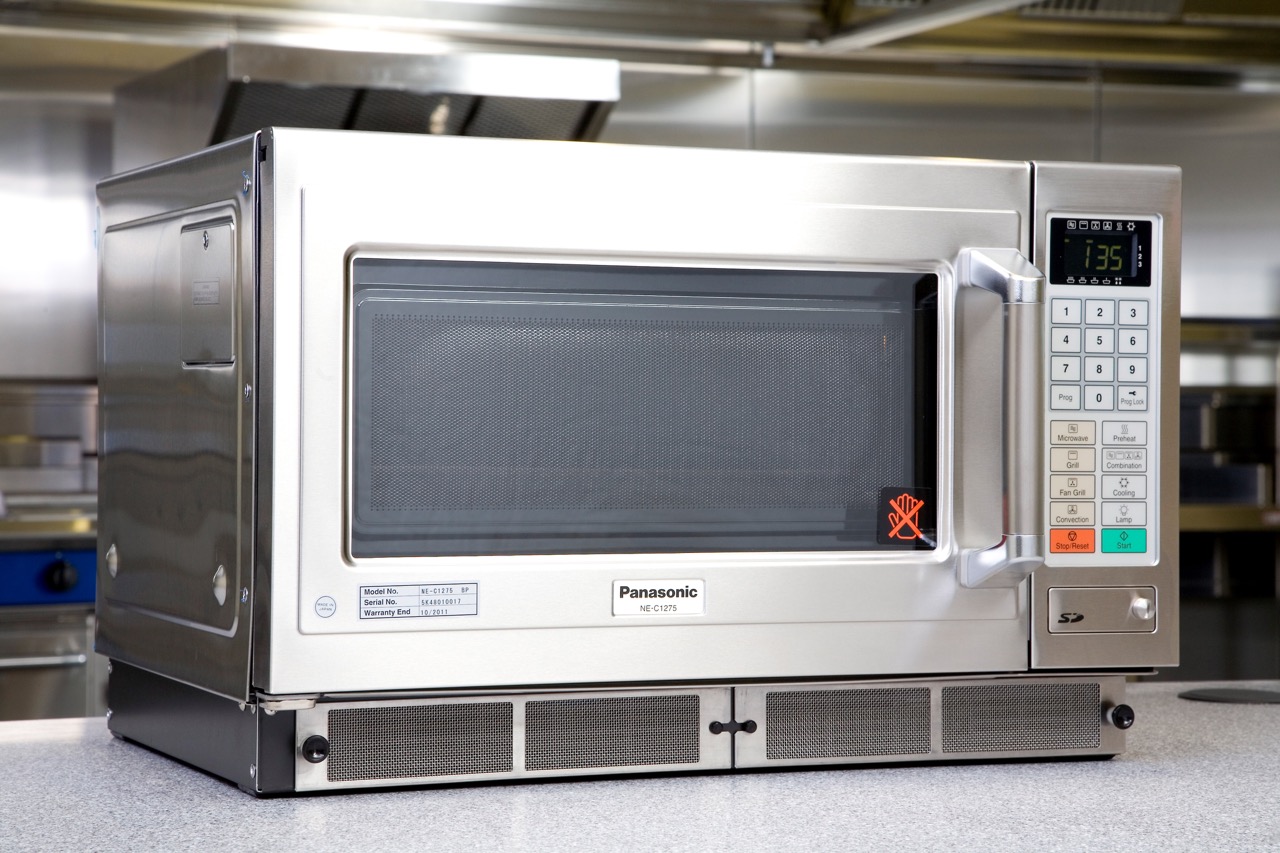
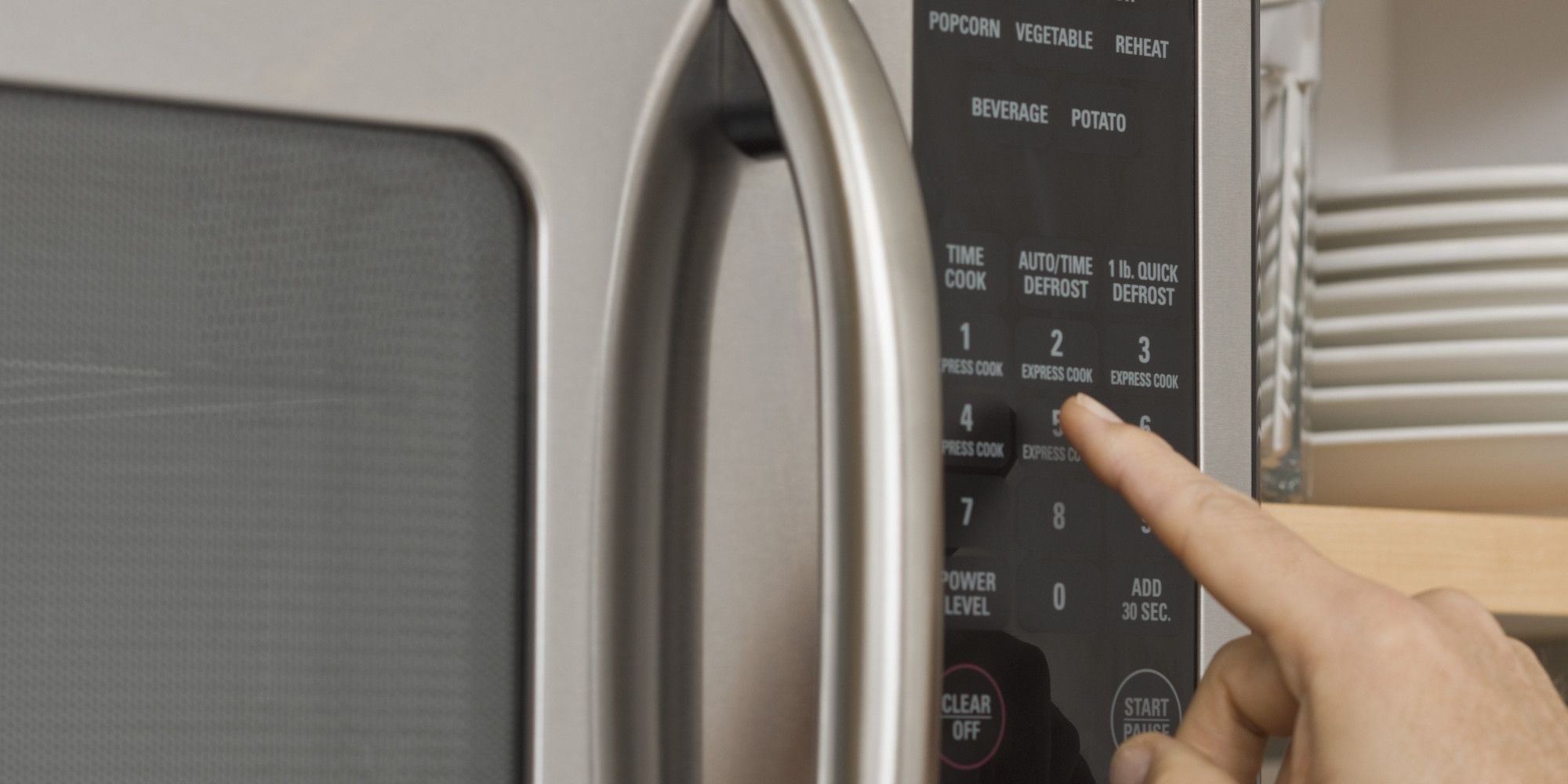
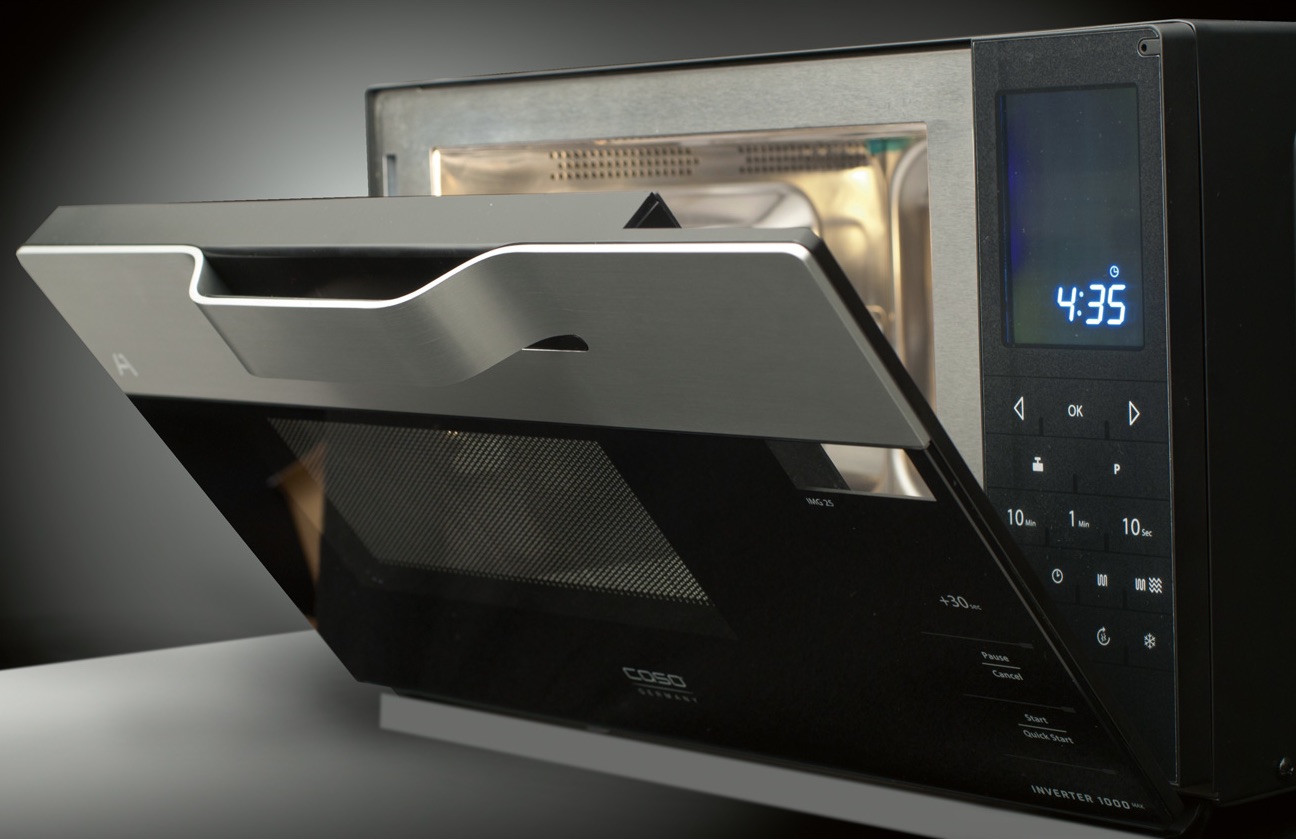
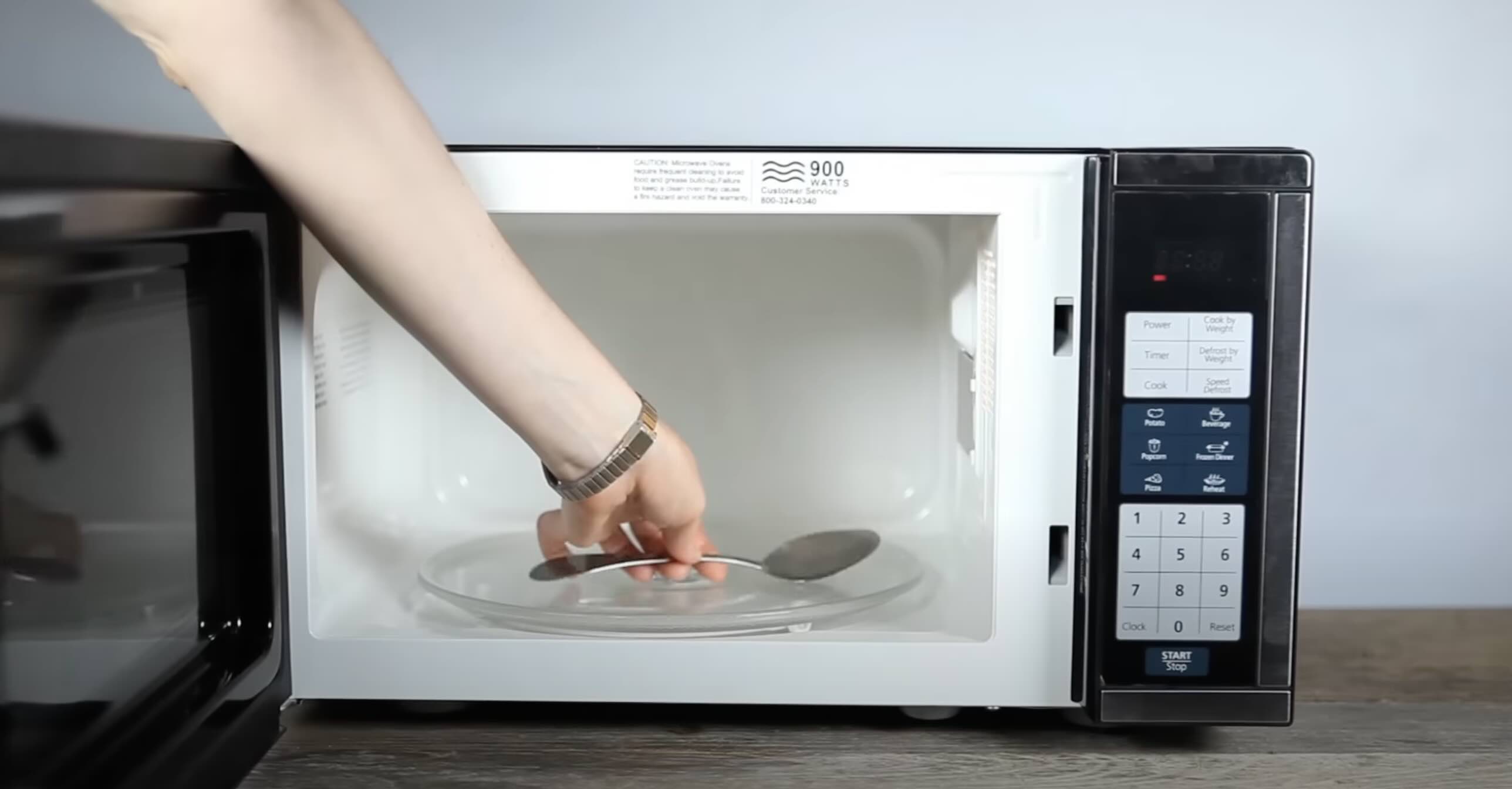
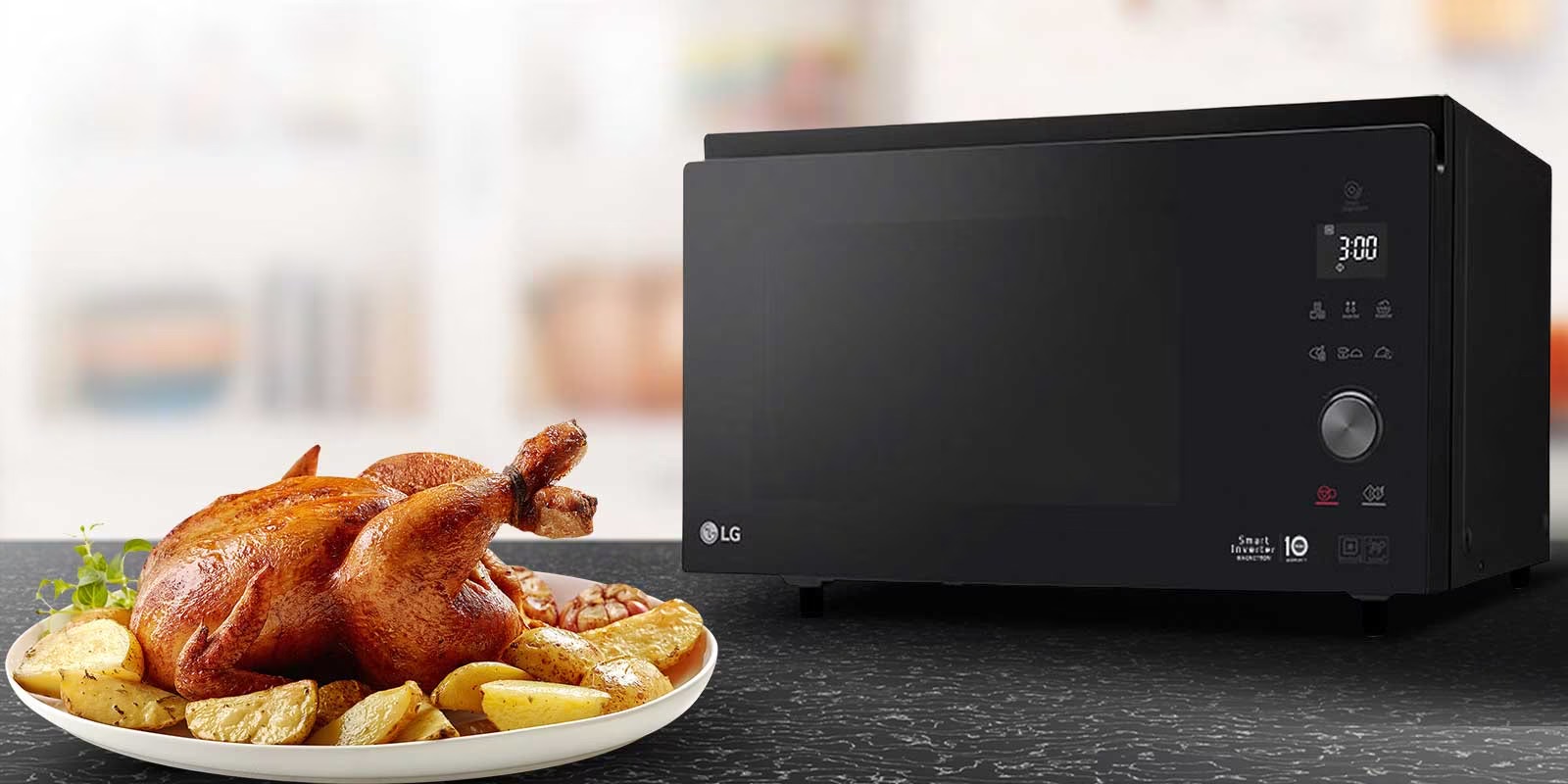
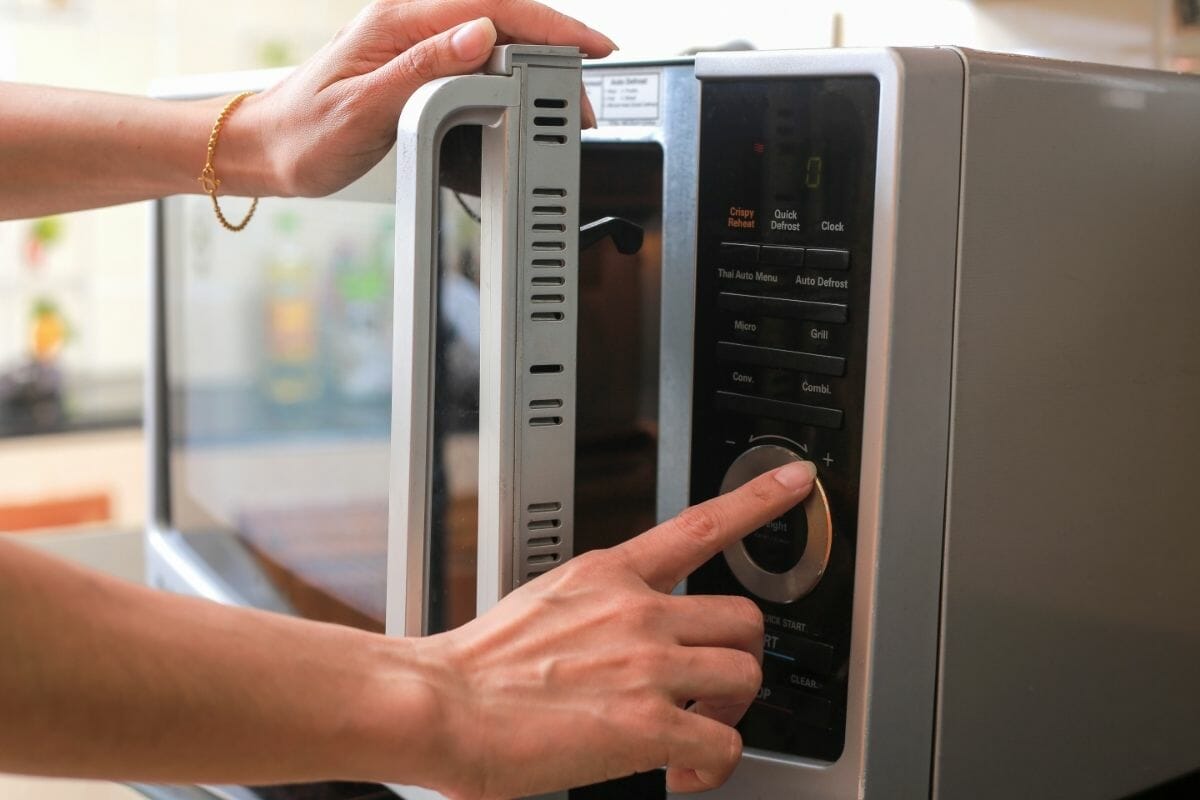
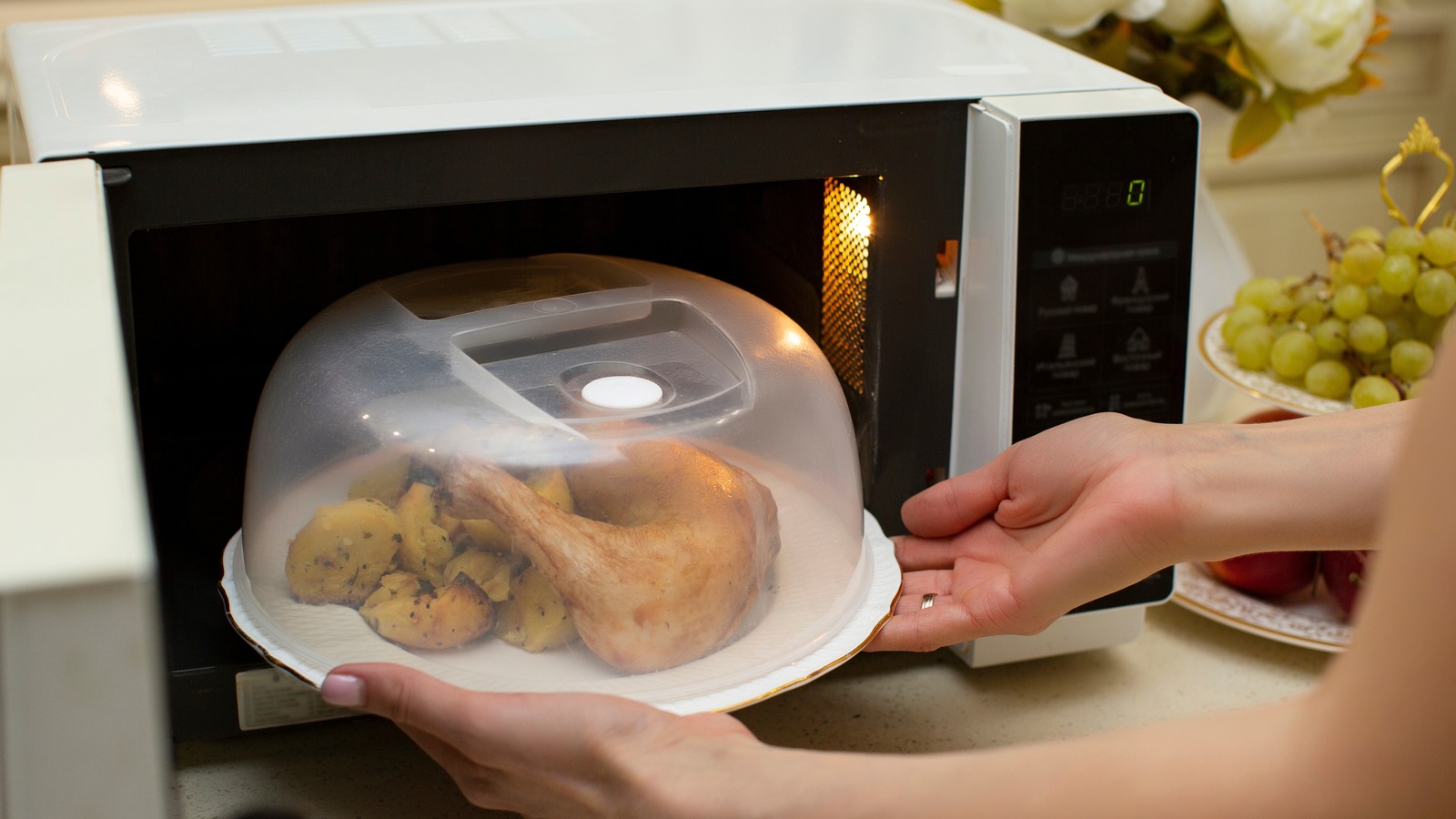
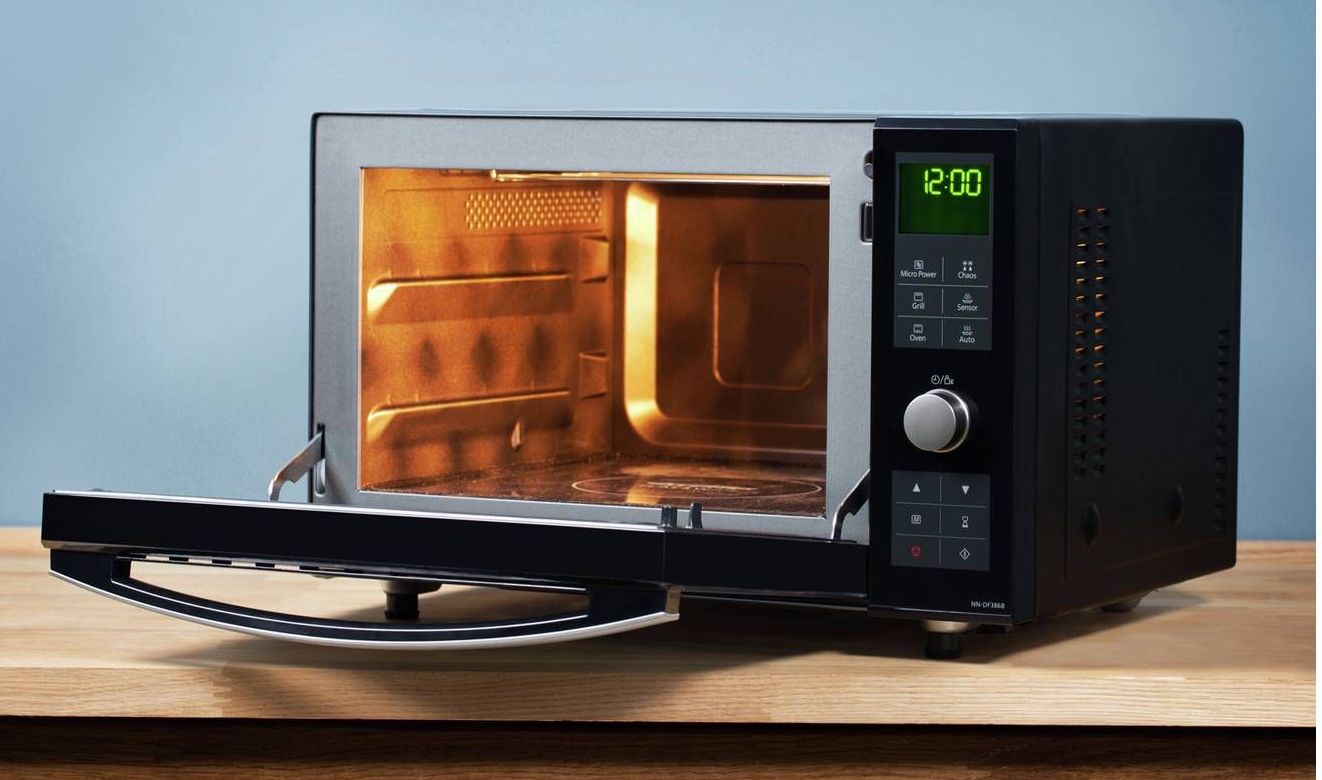

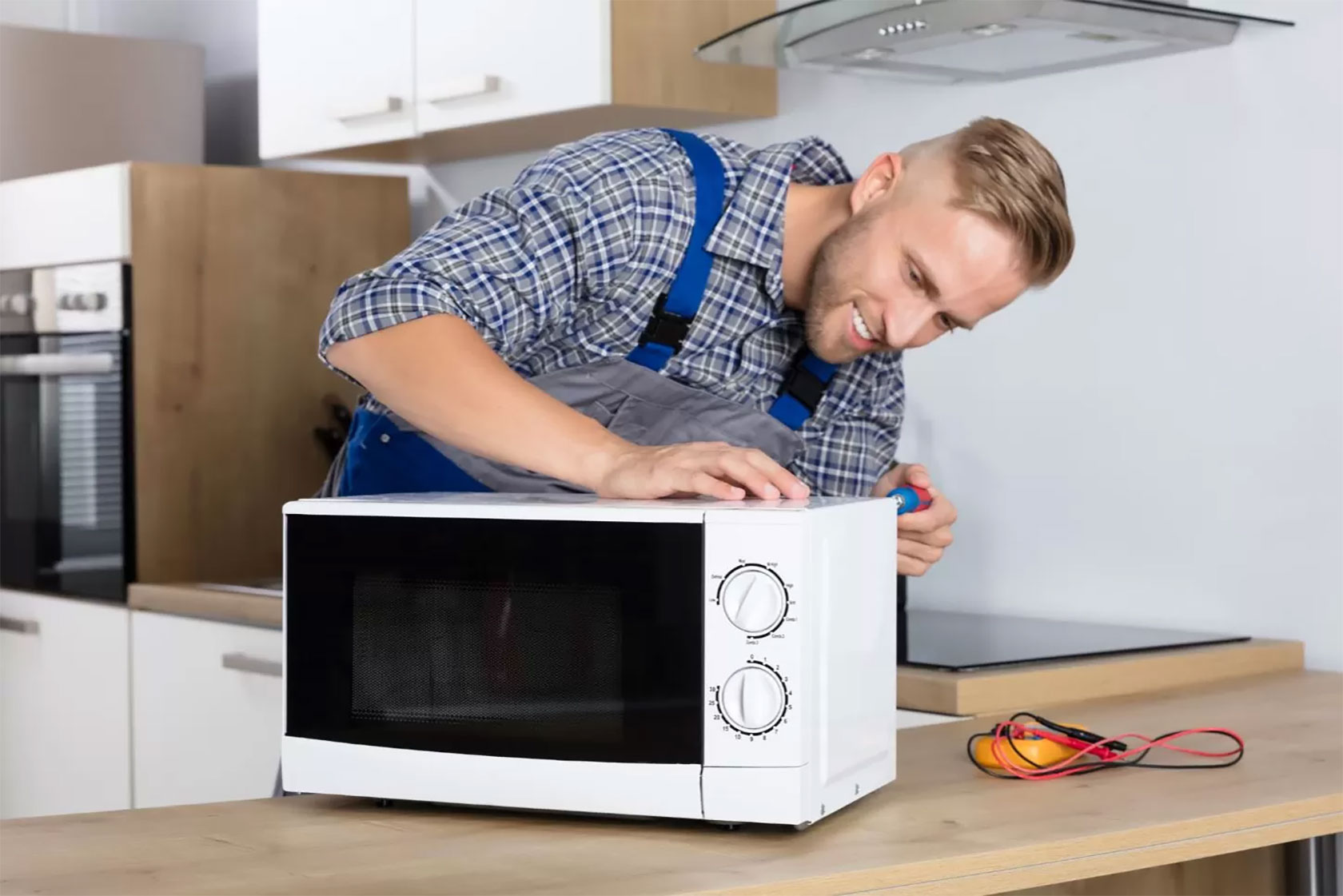
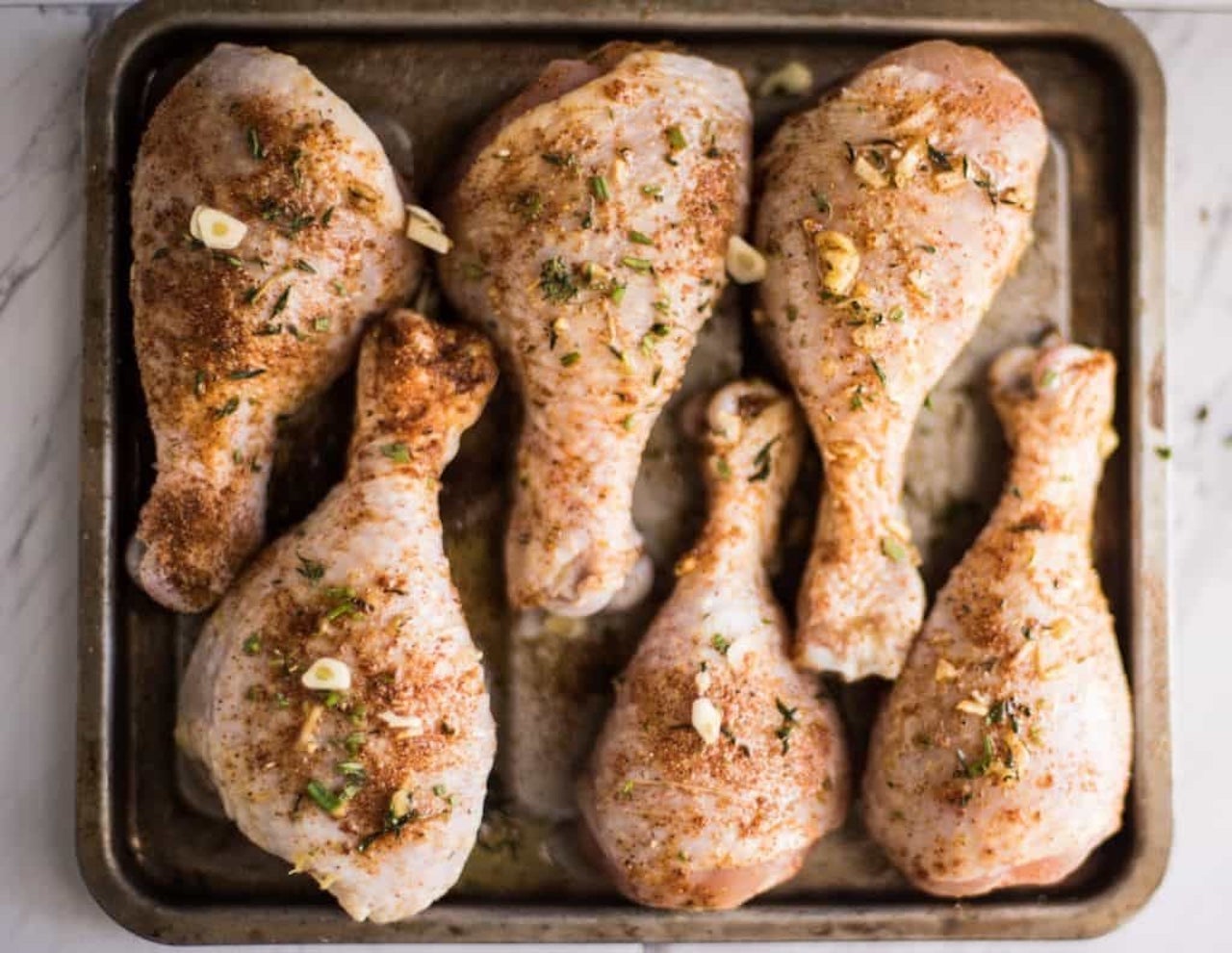

0 thoughts on “What Should Happen To Food Right After It Is Thawed In A Microwave Oven?”